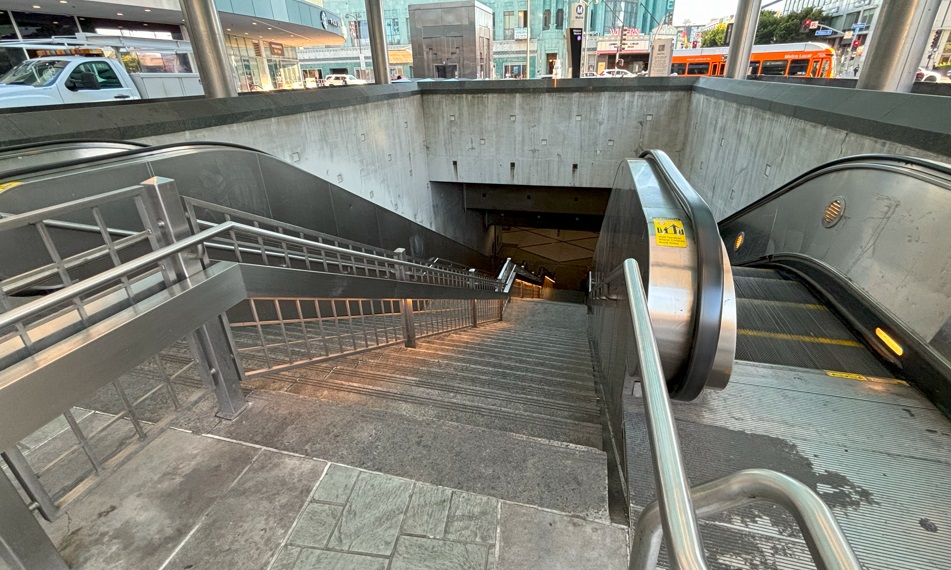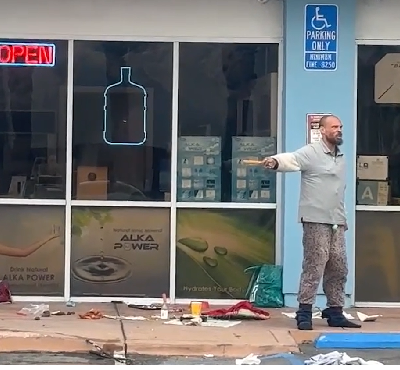Los Angeles, CA – The Los Angeles Metropolitan Transportation Authority (Metro) is set to implement new concealed weapon detection technology at its facilities, as the agency grapples with a surge in violent incidents on trains and buses. However, questions remain about the effectiveness of this technological solution without adequate security personnel to respond to potential threats.
New Security Measures
Metro officials announced plans to demonstrate the new weapons detection system at Union Station this week. The technology, which allows for non-contact screening of passengers, can reportedly detect and identify concealed weapons without requiring bag searches or physical pat-downs.
“This screening system represents a potential step forward in our ongoing efforts to enhance safety across our transit network,” a Metro spokesperson stated. The agency plans to evaluate the effectiveness of this technology as an additional security measure through December.
Rising Safety Concerns
The implementation comes in response to a series of violent incidents on Metro’s transportation system, including:
- Multiple homicides
- A bus hijacking incident
- Attacks on bus operators
- Various other violent confrontations
Challenges and Skepticism
While the technology promises enhanced detection capabilities, critics question its practical effectiveness without corresponding improvements in response capabilities. A key concern is the current shortage of security personnel and law enforcement officers available to respond to detected threats.
“Having the ability to detect weapons is only one part of the security equation,” noted a local transit safety expert. “The crucial question is whether Metro has the necessary response infrastructure in place to act on this information effectively.”
Looking Ahead
Metro will conduct a comprehensive evaluation of the weapon detection system’s effectiveness through the end of the year. The results of this pilot program will help determine whether this investment represents a meaningful security enhancement or, as some critics suggest, another costly initiative with limited practical impact.
The outcome of this technological implementation could set an important precedent for how public transit systems approach security in an era of increasing safety challenges.
This story is developing…






